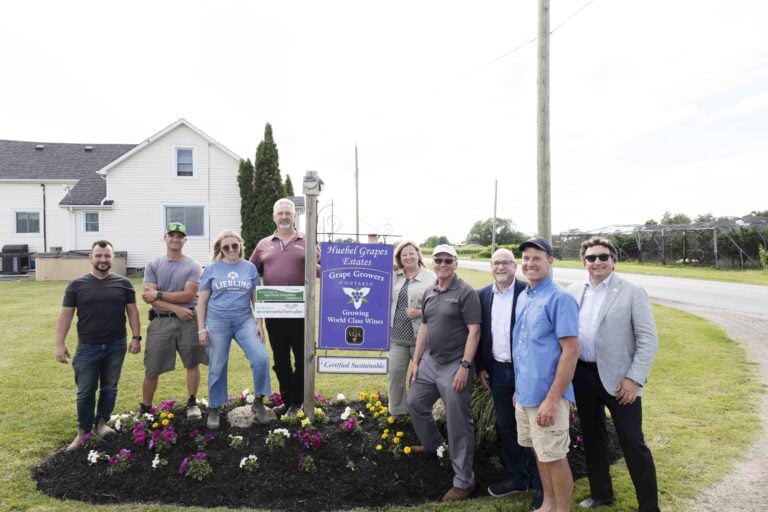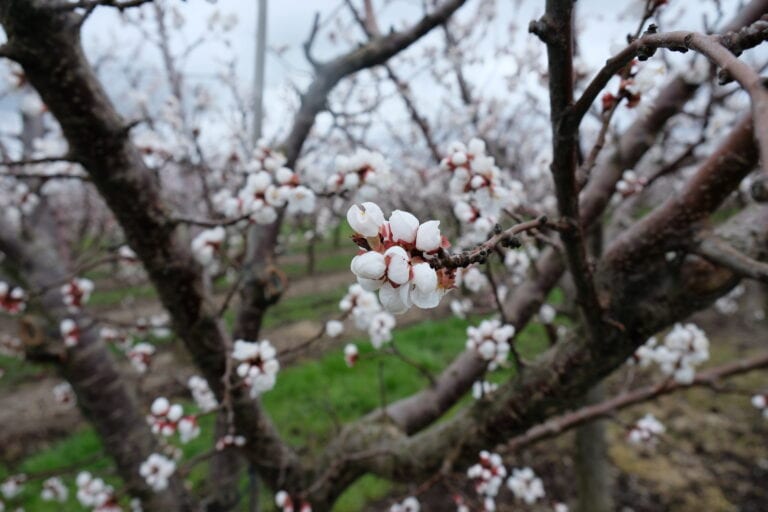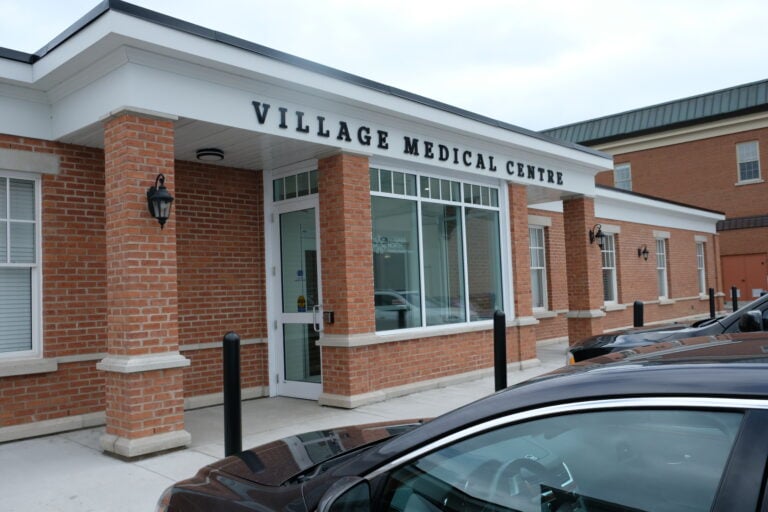As we meander along the roads and trails of the Niagara region, please smile behind your masks and offer others a welcoming wave. So much angst, so much sadness, so many kerfuffles.
Let's take a light-hearted look at the etymology of the words vaccine and vaccination. So interesting, especially right now.
I am not a scholar and do not purport to present academic, peer-reviewed research. We appreciate the regular pedagogy of Dr. Bill Brown, Penny-Lynn Cookson and Samuel Young, in their diverse specialties. My preference is to tell a story, which hopefully provides an interesting tidbit or two. It's great to hear readers say, “Why didn't I think of that?”
Never would I dip my toe in your bathtubs, advising you how to live your life.
Last weekend, my peripatetic son Scott and his pal Hugh Hunt stopped by for a Saturday evening visit. Hugh is a graduate student at Brock University, enthusiastically earning his master's degree in English literature.
He really enjoys word play and the often head-scratching origins of various words that we use to communicate. During this deadly global pandemic, the noun vaccine and the verb vaccinate are in the news every day.
He explained to me, in very general germs, the story of milkmaids in Berkeley, Gloucestershire, about 150 kilometres west of London. A community doctor, Edward Jenner, had observed that the local milkmaids all had clear and beautiful skin, unscarred by smallpox.
Milkmaids were young ladies employed to milk the cows, using the milk to produce cream, butter and cheese.They regularly contracted cowpox while working with the cows. The milkmaids made the product, and the milkmen delivered the milk and ancillary items. Voila!
In 1796, the inquisitive doctor asked a milkmaid named Sarah Nelmes to come to his clinic if she contracted a case of cowpox. Soon after, she got cowpox from a cow named Blossom.
As I understand the legend, he withdrew some of the liquid pus from a cowpox blister and scratched it under the skin of eight-year-old James Phipps, the son of his gardener. A small blister appeared, then the young lad had a very mild, brief case of smallpox.
Thereafter, he never suffered smallpox. Dr. Jenner conducted rigorous scientific clinical trials over the next few years. His hunch proved scientifically accurate.
The good doctor's goal was to provide vaccinations at no charge. “The jabs” would be free and available to everyone, regardless of where they were from, or whether they were able to pay. What a wonderful man, eh?
Yes, yes, I tend to ramble a bit. Indulge me, if you will
Hugh's story intrigued me, perhaps because as a young lad in the late 1950s, our family would spend a week or so visiting farming relatives on the Fingal Line, just west of St. Thomas. Milking cows was the annual highlight. Forking hay, riding shotgun on the tractor with uncle Jabel, and playing tag in the corn fields with our country cousins was such fun.
So, where are we going with this story? From cowpox to the smallpox vaccine. The 18th-century Latin adjective “vaccus” means “of or from the cow,” because of the early use of the cowpox virus against smallpox. The cowpox virus contains some 186,000 base pairs on DNA, which contains information about 187 genes. Now, I am way out of my league. Over to you, my pal Dr. Bill Brown.
And, we segue naturally to the French word for cow, “la vache.”
So, from a casual conversation with Hugh Hunt, while enjoying a cold Polish Lech beer, we continue to learn a timely piece of etymology.
As we wind up, let me detail a coincidence. Dr. Edward Jenner started his research in 1796. Just last Monday, my inquisitive tennis pal George Dell and I were on a cemetery tour. Our first stop was the little known Hamilton Family Graveyard in Queenston, established by brothers Robert and Alexander. Also, in 1796. Interesting, eh?
There is always something to learn, if we continue to be curious.
Learn on, lucky NOTLers.










